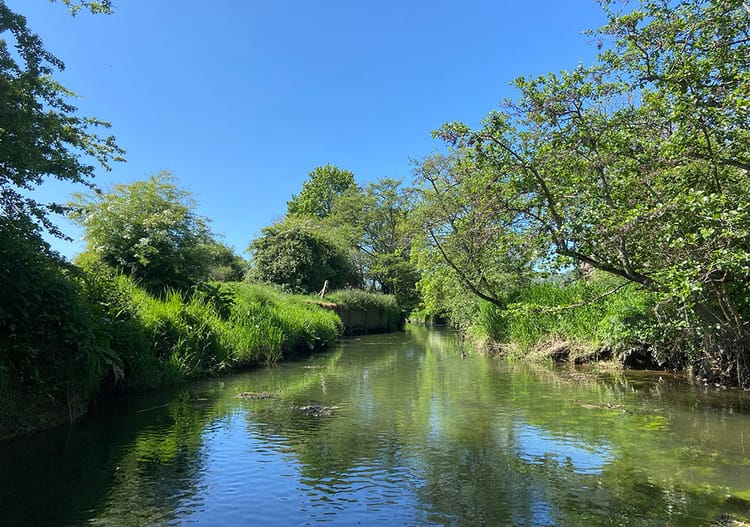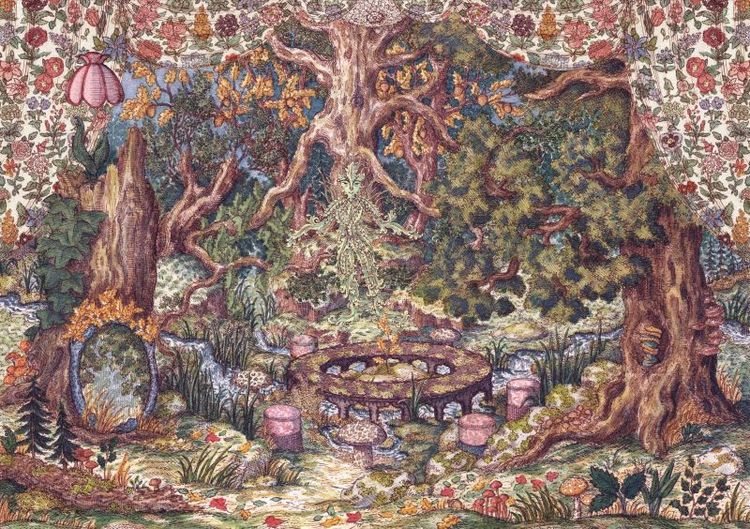The Potential of the COP26 Declaration on Forests and Land Use as a Nature-Based Solution to the Climate Crisis

By Claire Nevin
The Glasgow Leaders’ Declaration on Forests and Land Use, the first major announcement of the COP26, commits 137 countries, including Brazil, China and Indonesia, to “halt and reverse” deforestation by 2030. This ambitious goal will be backed by £5.3bn of private finance and £8.75bn of public funding to eliminate activities linked to deforestation and involve indigenous communities in restoring degraded land and protecting forests.

Whilst this is a welcome development, it is important to look beyond the impressive-sounding headlines to ascertain whether the Declaration represents a genuine commitment by world leaders to realise the potential of nature-based solutions to the climate crisis. This is not the first time that world leaders have committed to protecting and restoring forests, with all the uncertainty that brings.
In 2014, the New York Declaration on Forests (NYDF) committed signatories to a 2030 deadline to achieve similar goals. However, assessments of the NYDF’s progress have demonstrated that parties failed to meet their commitments. In light of previous setbacks, is the Glasgow Declaration a cause for hope or yet another example of countries placing weak, political commitments before concrete action?
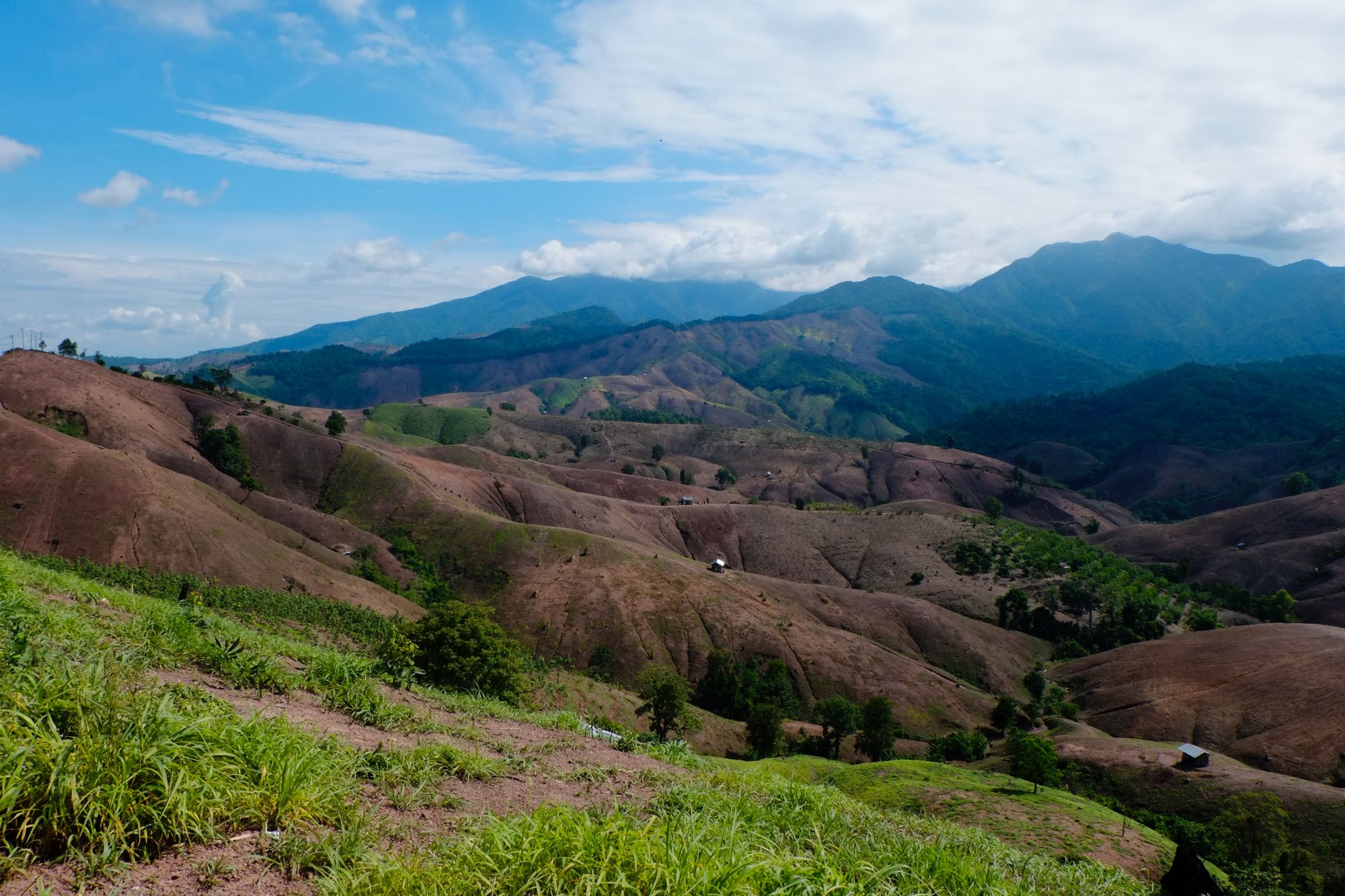
Firstly, the adherence of usually recalcitrant countries such as Brazil, who did not sign up to the NYDF and whose endangered Amazon Rainforest is crucial to the world’s ecosystem, is a positive development. Furthermore, the explicit recognition of indigenous peoples as key stakeholders in environmental stewardship is long overdue. However, there will be many challenges ahead, with cracks already beginning to show. For example, despite signing up to the Declaration, Indonesia later went on to label it as “inappropriate and unfair” and reiterated that development remains its top priority.
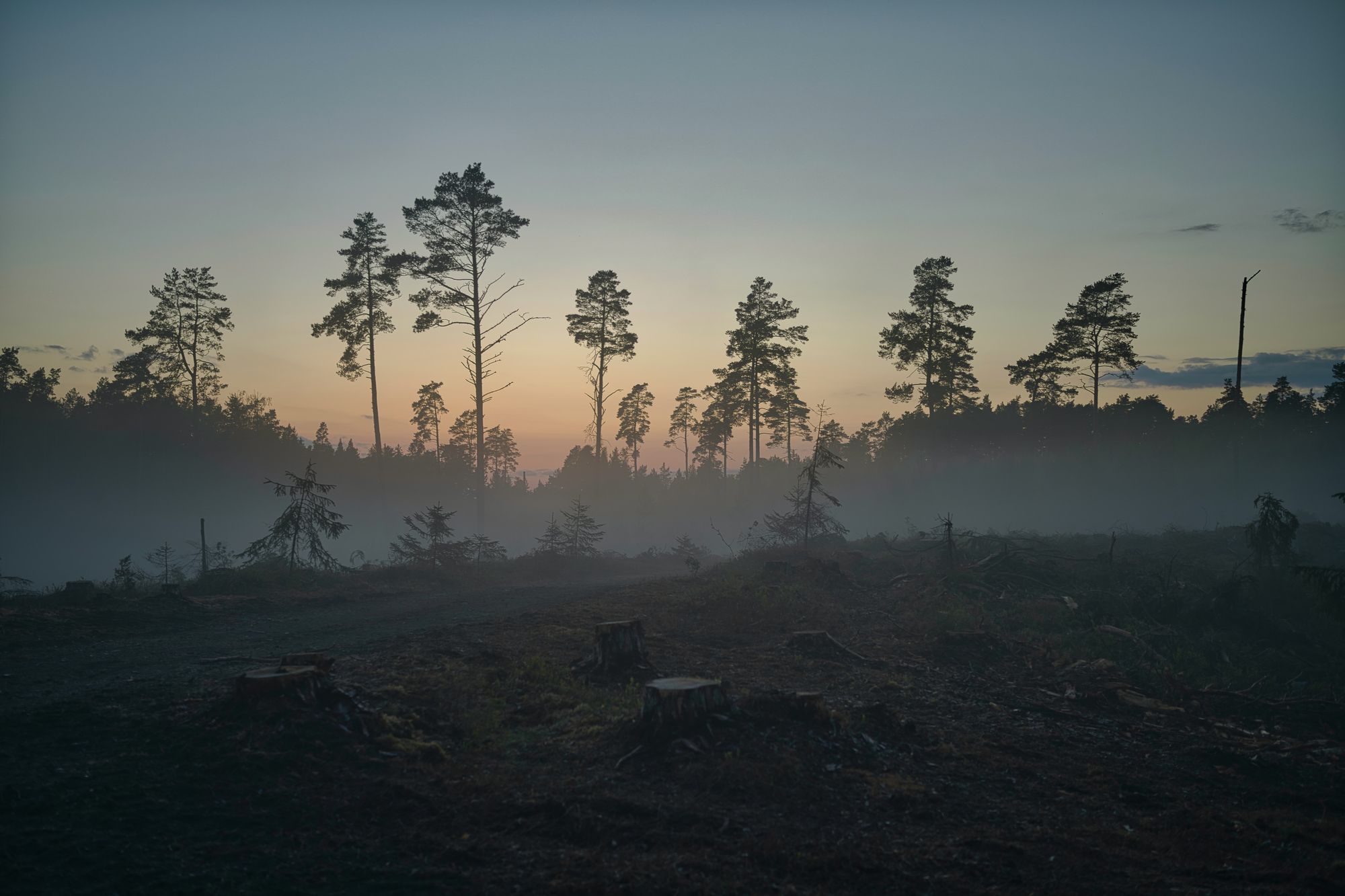
Herein lies one of the biggest challenges facing the Declaration and wider efforts to transform our deeply unhealthy relationship with the natural world. Indeed, as long as capitalism, with its pursuit of endless growth and profit, remains the predominant social and economic model, humans will continue to treat nature as just another exploitable resource. Therefore, although the commitment of £14bn to making this Declaration a reality is a strong example of the public and private sector putting their money where their mouth is, it will be vitally important to monitor how these funds are actually used.
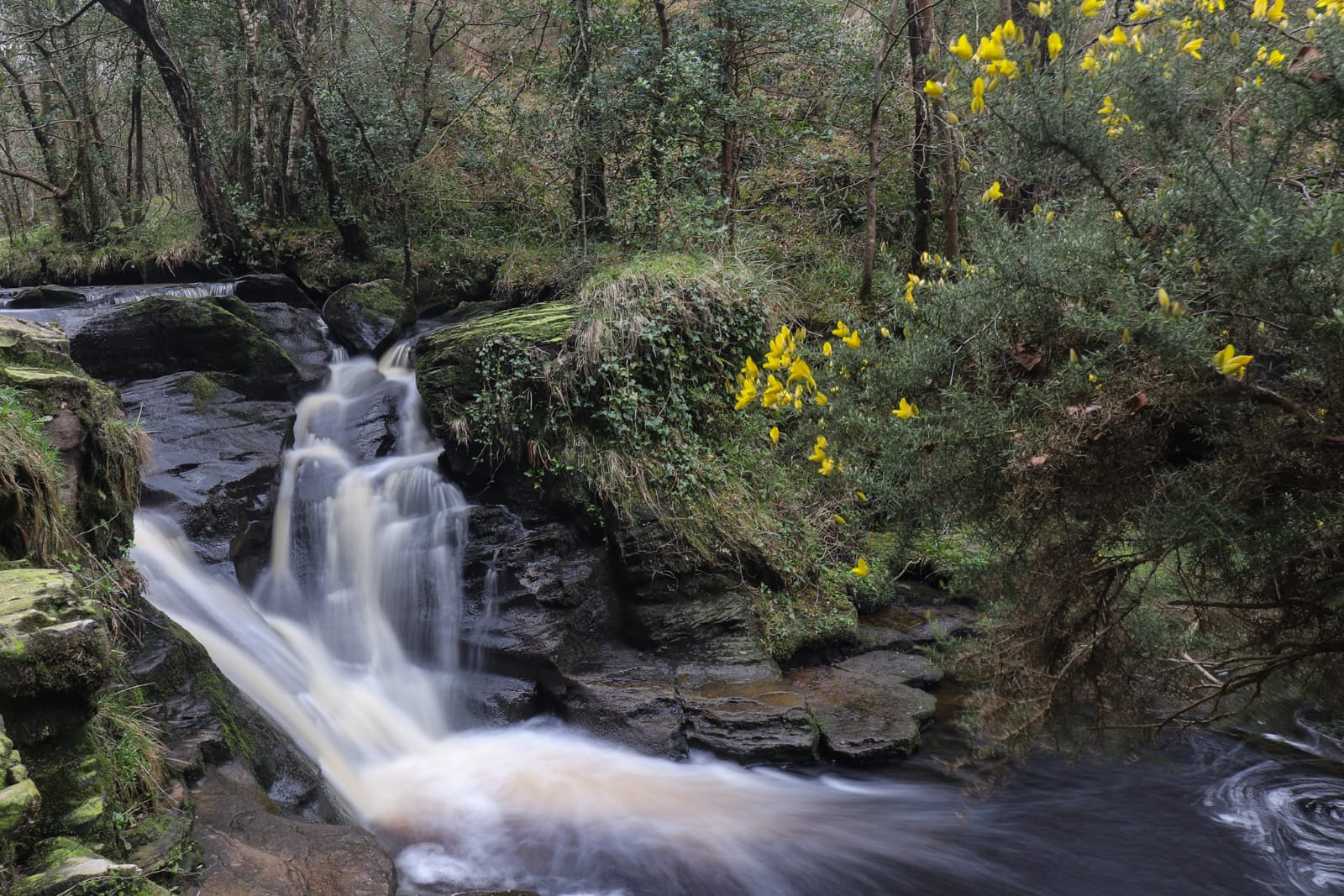
By way of example, Ireland’s publicly and privately-backed afforestation programme, illustrates how measures that divorce climate from nature can have disastrous consequences. In an effort to rapidly reverse centuries of deforestation and meet emissions targets, Ireland undertook a vast afforestation programme dominated by the fast-growing Sitka spruce, a species that originally comes from North America. Alongside the promise of rapid results, a driving factor behind the choice of Sitka spruce was the potential to generate significant profits through the export of its wood for pulp, plywood, pallets, fencing and garden furniture.
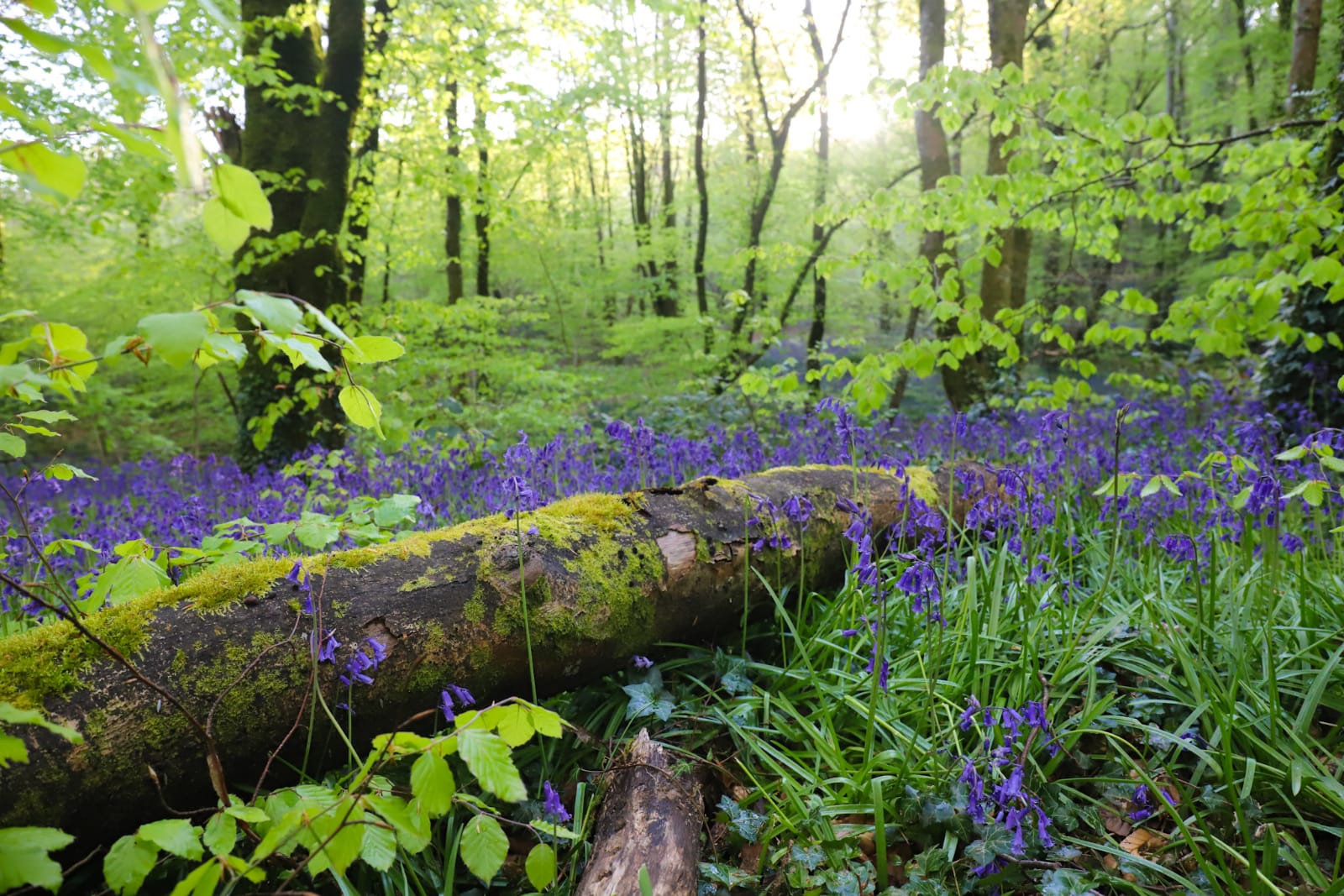
However, despite the official discourse on the programme’s contribution to curbing emissions, this large-scale “industrial monoculture” is widely criticised as an act of ecological vandalism that fails to recognise that halting the climate crisis and protecting biodiversity are two sides of the same coin. In its alignment of public and private finance to halt deforestation, we can only hope that efforts to implement the Glasgow Declaration avoid similar pitfalls.
If you are on the website, enjoyed this blog and are yet to subscribe to the newsletter, you can click the button at the bottom right hand corner of this page, or simply head to the Lawyers for Nature homepage. You can also use our Contact Page if you would like to reach out directly. We look forward to working with you.


